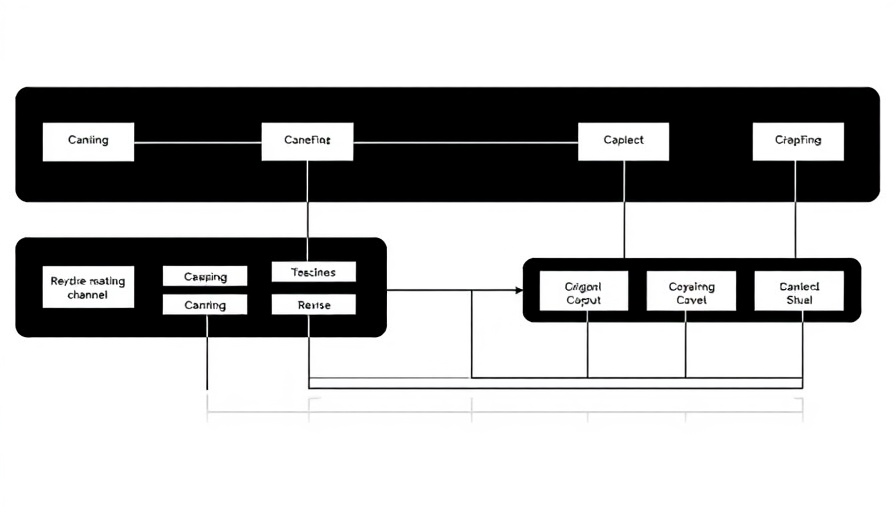
Unlocking the Future of Drug Design with Shape Complementarity
In a remarkable turn of events, researchers at the Max Planck Institute for Biology Tübingen have unveiled a groundbreaking method for designing protein binders that could revolutionize the future of drug design. By focusing on shape complementarity—an essential principle in molecular interactions—this innovative approach promises to enhance our ability to develop targeted treatments for diseases like cancer and autoimmune disorders.
A Training-Free Approach to Binder Design
Traditionally, the design of protein binders relied heavily on complex machine learning techniques, specifically neural networks. However, these methods often faced limitations due to the intricate nature of protein interactions and the quality of available data. The team’s new training-free computational pipeline stands in stark contrast to these prior approaches, simplifying the process while expanding our understanding of protein biology.
According to Kateryna Maksymenko, the study's lead author, “Our goal was to develop a design pipeline that not only enables the creation of site-specific binders but also deepens our understanding of protein folding and function.” This streamlined process allows for a direct application in creating proteins tailored to block specific disease-related targets, making it a game-changer for therapeutic development.
The Science Behind the Technique
Integrating cutting-edge technology, researchers embraced a combination of rapid shape-matching scaffolding from extensive protein databases along with physics-based interface design and molecular dynamics simulations. This three-fold approach led to the discovery of protein binders that exhibit strong binding affinities and remarkable stability in both laboratory and living organisms.
Real-World Applications: Cancer and Beyond
The recent study spotlighted two crucial biological molecules: interleukin-7 receptor alpha (IL-7Rα) and vascular endothelial growth factor (VEGF). Targeting IL-7Rα, which is pivotal in immunity, and VEGF, known for its role in new blood vessel formation, the new design pipeline has the potential to create extremely effective drugs. By customizing protein binders to effectively inhibit these proteins, researchers could achieve significant advancements in treating cancer and other immune conditions.
Future Implications for Biotech
The implications of this research extend beyond individual treatments. The methodology not only sheds light on the specific proteins associated with various diseases but also opens pathways for the humanization of therapies. This is vital, as humanized proteins are less likely to trigger unwanted immune responses, marking a significant step toward safer, more effective treatments.
As we continue to unlock the secrets of protein interactions through innovative techniques like shape complementarity, it becomes clearer that the future of drug design is bright. By harnessing the precision of these advancements, the biotechnology field is positioned to offer solutions previously thought unattainable.
In conclusion, the exploration of protein binders through shape complementarity isn't just a leap forward in biology; it's a powerful tool that could alter the landscape of medicine as we know it. Moving forward, the scientific community must embrace this promising pathway that unfailingly melds computational prowess with intricate biological understanding.
 Add Row
Add Row  Add
Add 




Write A Comment